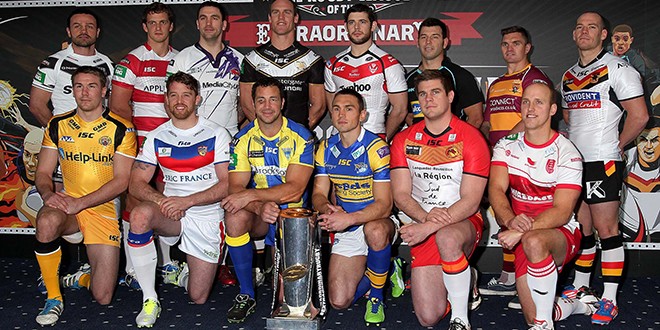 The Super League clubs will hold meetings on 14 January about the governance of their competition, and on 24 January on the structure of the league competitions.
At the first meeting I dare say they will discuss how Super League should operate, and what i
The Super League clubs will hold meetings on 14 January about the governance of their competition, and on 24 January on the structure of the league competitions.
At the first meeting I dare say they will discuss how Super League should operate, and what i 